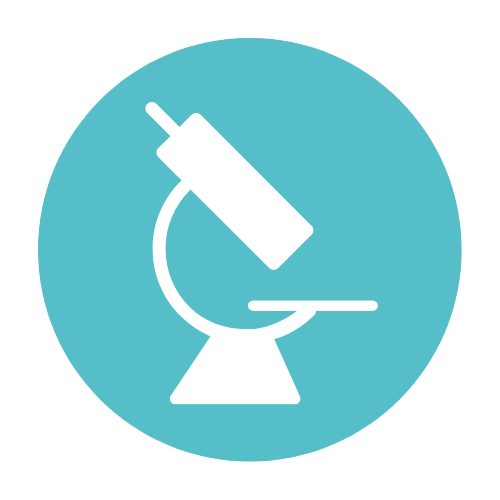Recognizing the Causes of Varicose Veins in Legs
Varicose blood vessels are a common problem that influences numerous people worldwide. These bigger and also twisted veins, normally discovered in the legs, can cause discomfort and also even discomfort for those who experience them. While varicose veins are usually seen as a cosmetic concern, they can likewise represent underlying health concerns. In this post, we will certainly explore the primary causes of varicose blood vessels in legs, shedding light on the aspects that contribute to their advancement.
1. Age as well as Genes
Among the key cardiobalance threat aspects for establishing varicose blood vessels is age. As people get older, the damage on the blood vessels in the legs can deteriorate their wall surfaces, causing them to extend and also end up being much less flexible. This deterioration can result in the development of varicose blood vessels. Furthermore, genes play a considerable duty in figuring out a person’s sensitivity to this problem. If your moms and dads or close family members have varicose capillaries, you are most likely to develop them as well.
Furthermore, hormone modifications while pregnant as well as menopause can likewise contribute to the growth of varicose veins. The rise in hormone levels can weaken capillary wall surfaces as well as shutoffs, making it easier for blood to swimming pool and form varicose veins.
2. Absence of Exercise
Sedentary lifestyles and also a lack of routine exercise can add to the advancement of varicose capillaries. When we continue to be in a seated or stationary setting for extended periods, the blood flow in our legs can end up being jeopardized. Taking part in routine exercise, such as strolling or cycling, can aid promote healthy blood circulation as well as minimize the danger of varicose veins.
In addition, obesity can likewise boost the possibility of establishing varicose capillaries. Excess weight places added pressure on the blood vessels, making it harder for blood to move appropriately and enhancing the risk of capillary damages.
3. Occupation as well as Way of life
Specific professions and lifestyle factors can contribute to the advancement of varicose veins. Jobs that include extended periods of standing, such as retail or medical care occupations, can raise the pressure on the blood vessels in the legs. Likewise, putting on high heels or tight apparel that restricts blood circulation can also contribute to the development of varicose capillaries.
Furthermore, habits such as smoking cigarettes as well as an inadequate diet can adversely influence capillary health and wellness. Cigarette smoking results in the constriction of blood vessels, impeding proper blood circulation and also boosting the threat of varicose capillaries. A diet high in processed foods and reduced in fiber can also contribute to inadequate vein wellness.
4. Medical Problems
A number of clinical problems can enhance the likelihood of developing varicose blood vessels. These consist of:
- Deep blood vessel apoplexy (DVT): Blood clots in the deep capillaries of the leg can trigger varicose veins.
- Persistent venous insufficiency: This problem happens when otovix precio chile the valves in the capillaries are harmed, causing inadequate blood flow and also causing varicose blood vessels.
- Outer artery disease (PAD): This condition triggers the arteries in the legs to slim, hindering blood circulation and also possibly contributing to varicose blood vessels.
It is vital to seek advice from a healthcare expert if you have any hidden clinical problems that might boost your danger of creating varicose veins.
To conclude
Varicose capillaries in legs can be brought on by a combination of variables, including age, genes, lack of physical activity, profession, lifestyle, and also underlying clinical problems. Recognizing these causes can aid individuals take proactive steps to reduce their danger of establishing varicose veins. By keeping a healthy and balanced way of life, participating in regular workout, and looking for clinical advice when needed, individuals can advertise good vein health and reduce the incident of varicose veins.
